The Rosenberg Collection Part II – Milan
From Cremona, the Rosenberg collection takes us to Milan. Evidently the Milanese makers must have been of particular fascination to Rosenberg himself. His collection celebrates the Lombardy capital as intensively and comprehensively as it does Cremona. It begins with an absolutely stunning Giovanni Grancino I dated 1698. Although geographically close to Cremona, violin making in Milan developed only in the mid-17th century, and Giovanni, of the third generation of makers in the family, developed a distinctively beautiful style, strongly influenced by the Amati family, but very personal in effect.
The low arching and extended Stradivari-like soundholes look very advanced and sophisticated, and the workmanship is extraordinarily delicate, with the scroll carved with sharp and deep definition. The quality and condition of the varnish is a particular merit of this violin, however. The rich, entirely natural texture shows the depth and levels of the application, and the slightly clotted surface concentrates the red-brown colouration dramatically. As with so many other violins in the collection, this is a perfect reference point for understanding the maker. Yet there is another Rosenberg Grancino, labelled 1704, which is varnished quite differently, and in equally fine condition. It almost certainly shows the involvement of Giovanni II, the son, who was active in the family workshop before his father’s death in 1709. This violin is as finely worked as the 1698 example, but has a clear and even golden varnish, possibly a simpler and more durable recipe, but still a vivid and glowing coating.

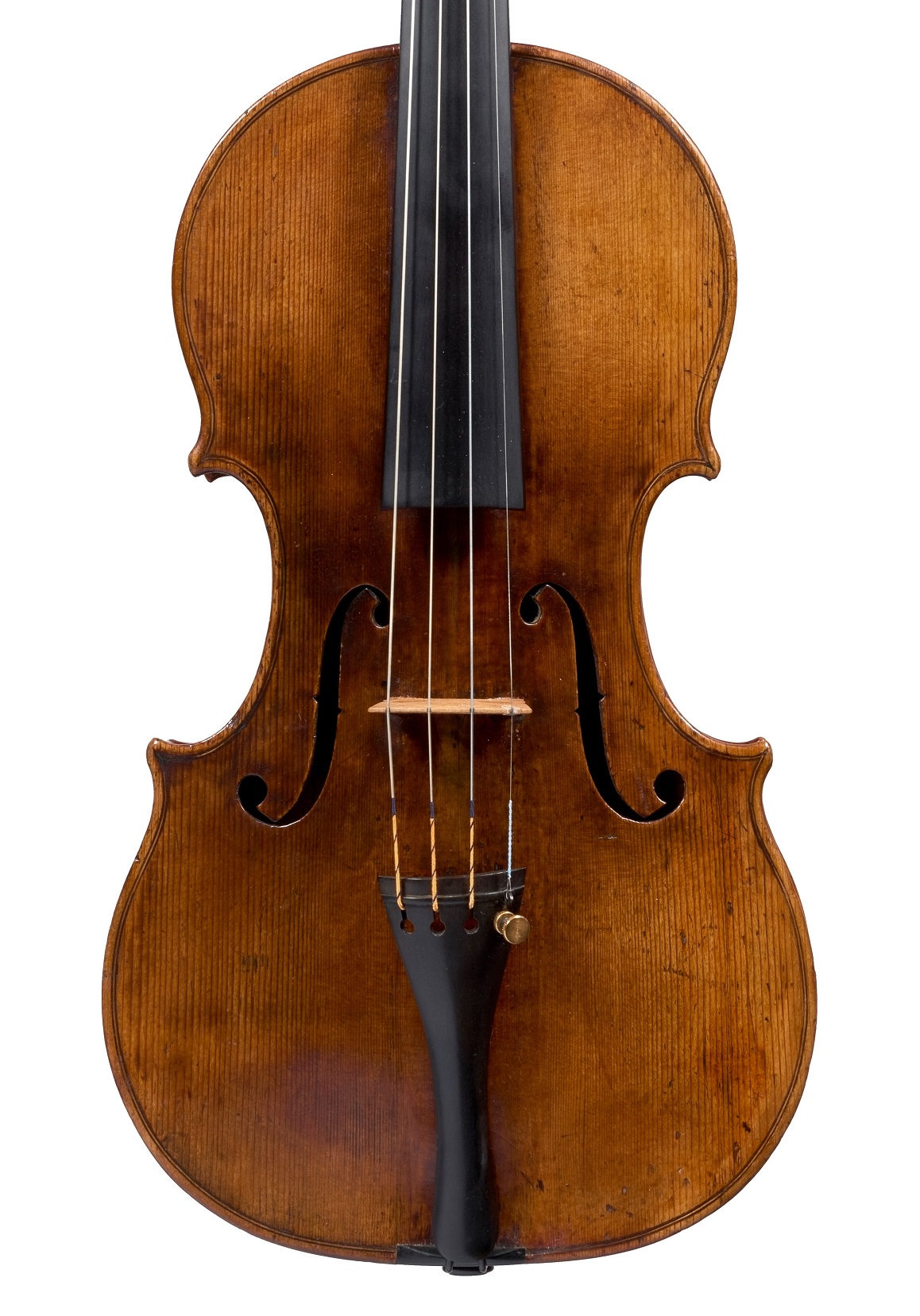
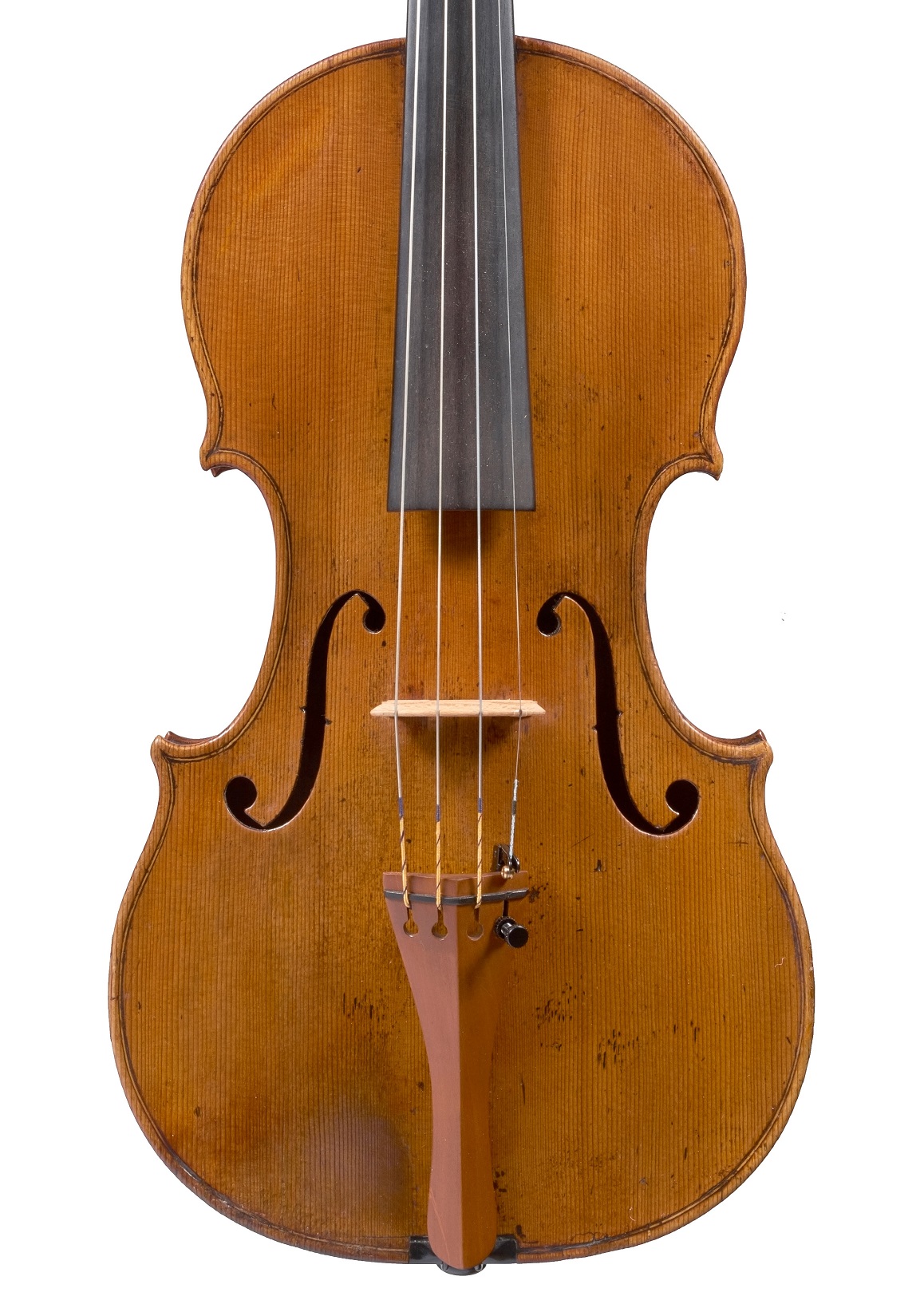
'It is illuminating to see a violin by Santino Lavazza in direct proximity to the Grancino violins.'
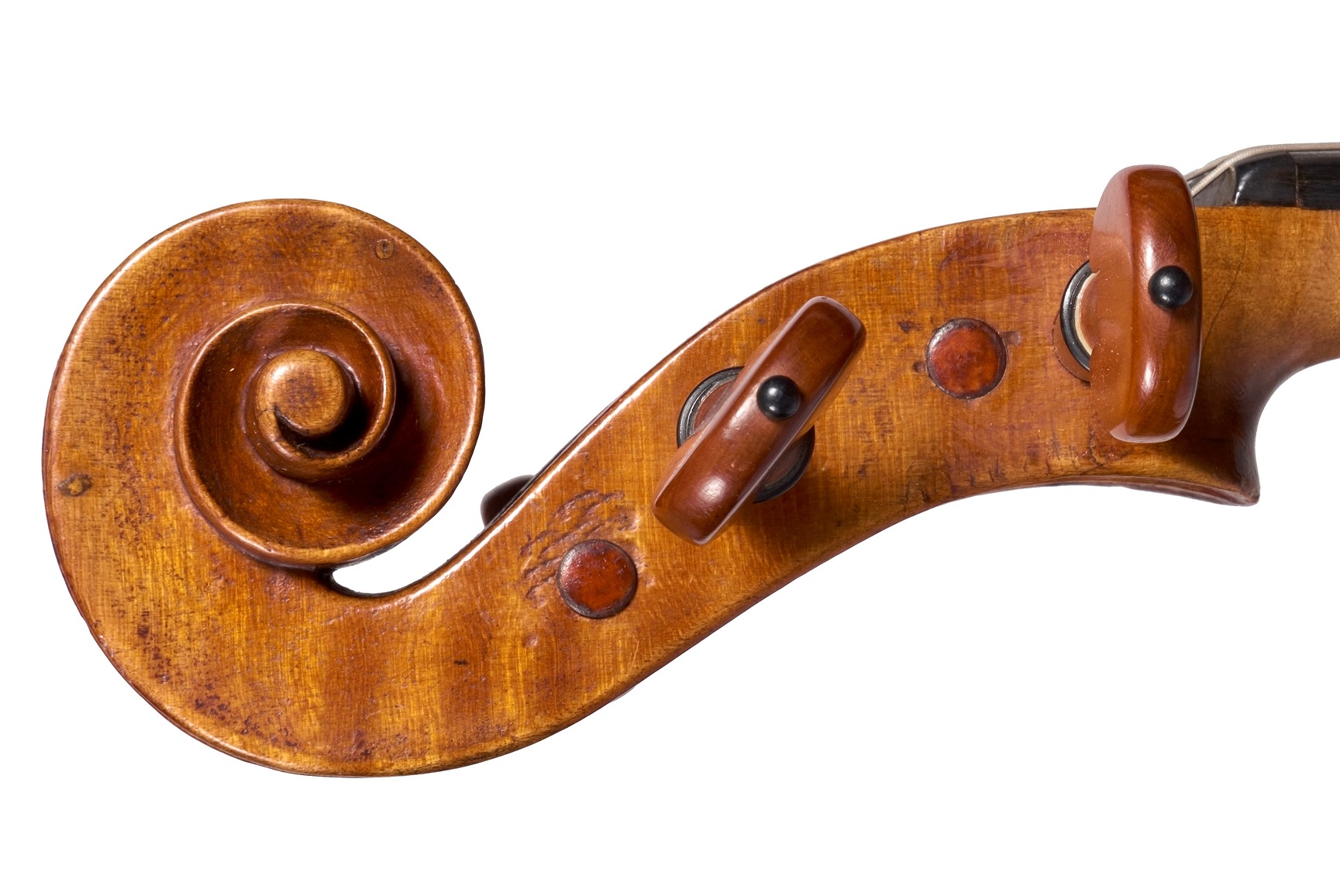
A rarer maker of the Milan School is Santino Lavazza, a contemporary of the Grancinos and clearly connected to the workshop. It is illuminating to see a violin of his, again in a well-preserved state, in direct proximity to the Grancino violins. The scroll is evidently cut from the same pattern and with similar workmanship, but like the rest of the violin, without the same level of refinement. The varnish here too is slightly modified, with a possibly more pigmented orange tint than the clear gold of the 1704 Grancino.
Another pupil and assistant of the Grancinos was the more widely-known Carlo Giuseppe Testore, whose work certainly shows another slight falling away from his master, but to a different extent to Lavazza. A violin here, attributed to c.1720, has a similar textured and pigmented varnish to that of the 1698 Grancino, again in wonderfully pure and tender state. The head is probably the work of Carlo’s son, Carlo Antonio, and is of an exaggerated form that became a hallmark of the Testore family.
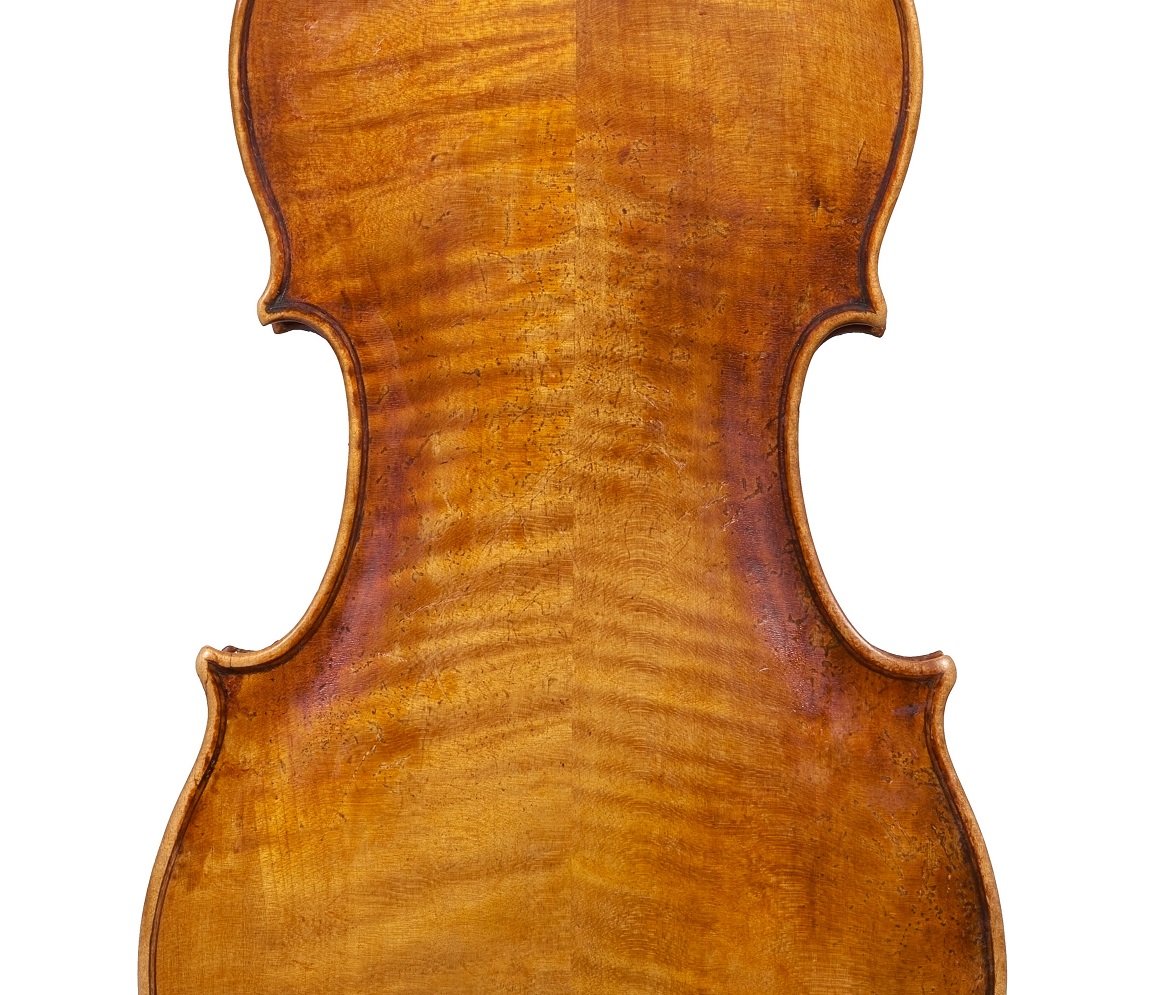
'Landolfi was clearly influenced by the Testore family in his early experience, but also gained from the presence of G.B. Guadagnini'

From Testore we can pass immediately to Carlo Ferdinando Landolfi, the outstanding maker of the later eighteenth century in Milan, who is especially well-represented in the collection. Of three violins, the definitive example is one bearing an original label dated 1754. Landolfi was clearly influenced by the Testores in his early experience, but also gained from the presence of G.B. Guadagnini in the city between 1750 and 1758. The 1754 violin has several of his personal inflections, such as the sharply cut soundholes, set very close in to the corners at the lower end, and extravagantly trumpeting wings. The scroll too is characteristic, with the volute cut with deep spiralling gouge movements.
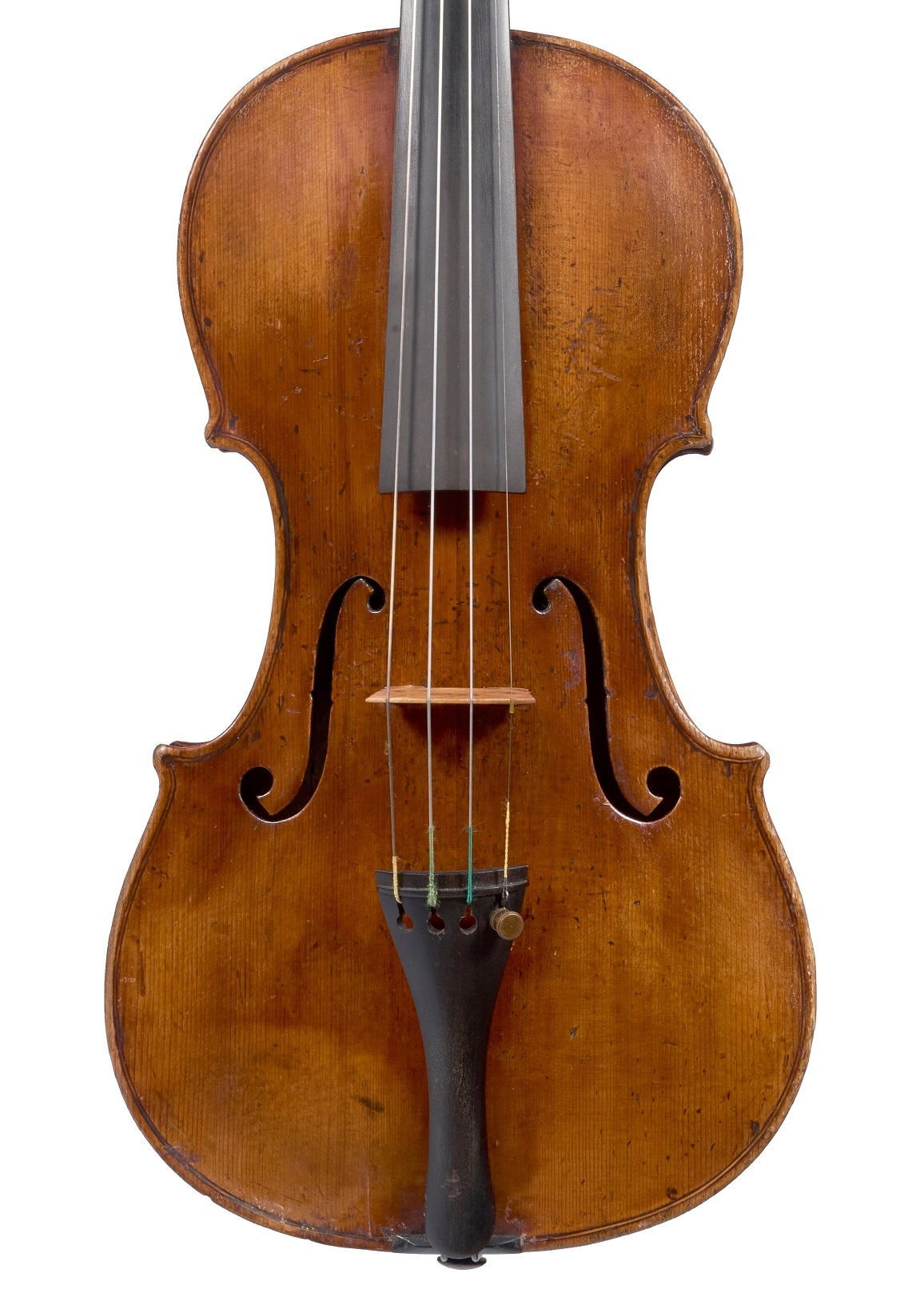
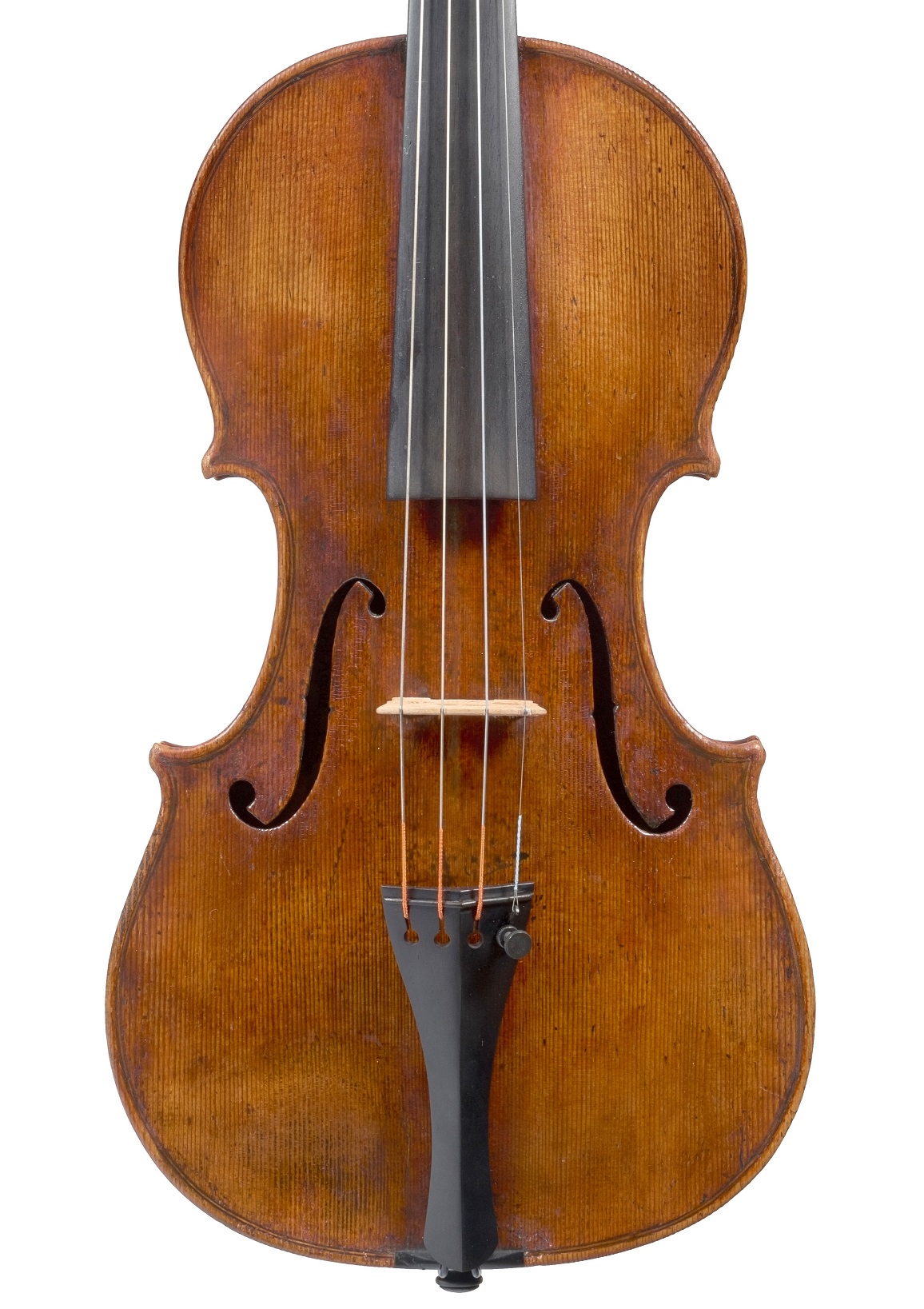
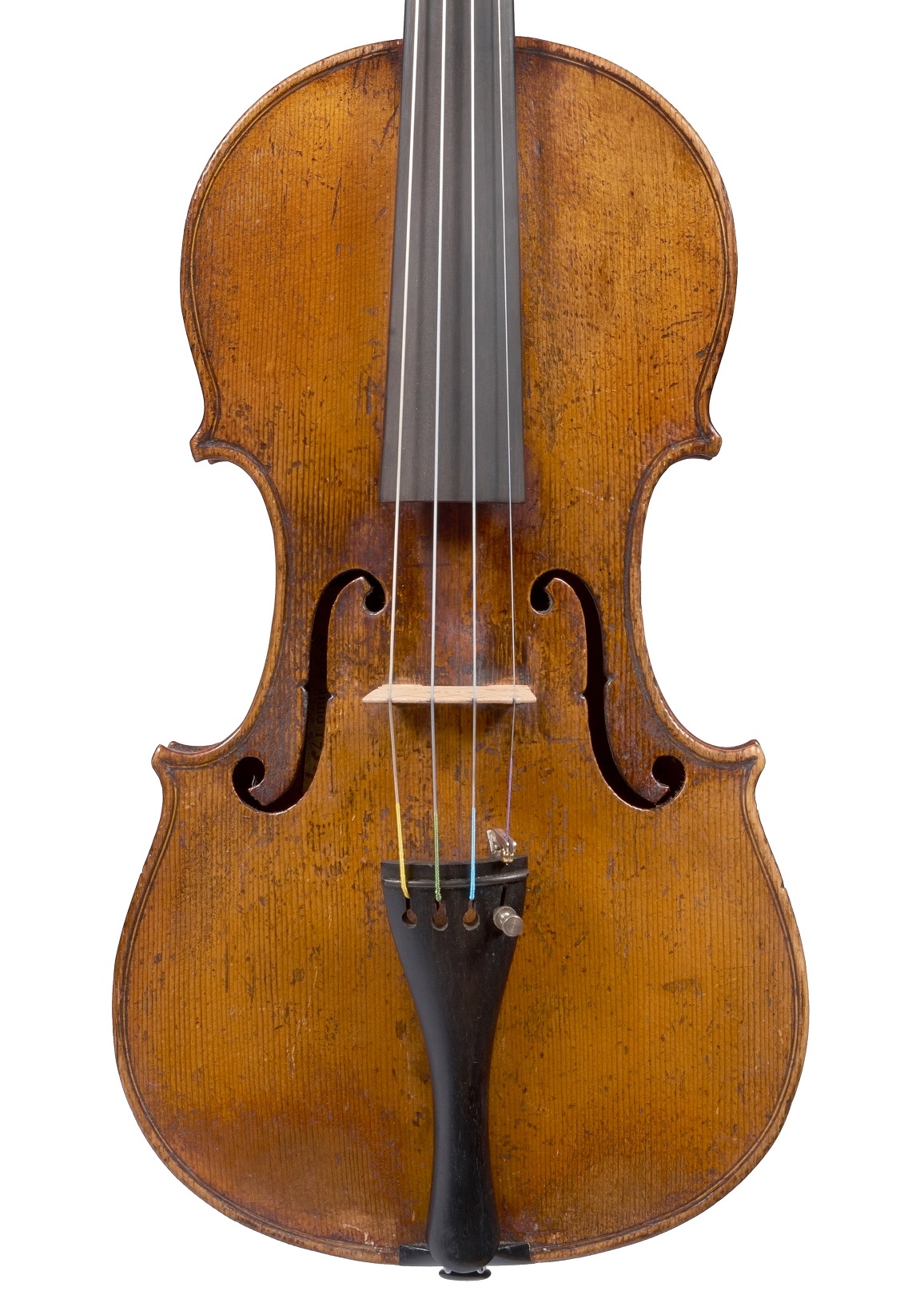
'This Mantegazza viola is again a beautifully preserved and definitive example'
It is then a short step to Pietro Giovanni Manteggazza, whose viola marks almost the last of the Milanese work in the collection. He was probably taught by Landolfi, and became the leading maker in Milan by the turn of the nineteenth century. His work, perfectly exemplified by this instrument, is far more disciplined than that of the Testores, and conveys an almost academic approach, informed by wider sources, such as the clear Amati influence in this case, and almost certainly by his contact with the dealer and connoisseur Count Cozio di Salabue.
This Mantegazza viola is again a beautifully preserved and definitive example, but the final word on the Milanese school from the Rosenberg collection is a lovely twentieth century violin by Gaetano Sgarabotto, who worked primarily in Milan from 1893 until 1928. It is a beautifully-made homage to Giovanni Grancino, replicating the distinctive scroll form amongst other details. It is yet another reference example of a particular maker, in this case a maker often difficult to characterise because of his wide choice of models, and his wide influence as a teacher. This twentieth-century violin brings the long history of the Milanese school into a very satisfying full-circle.

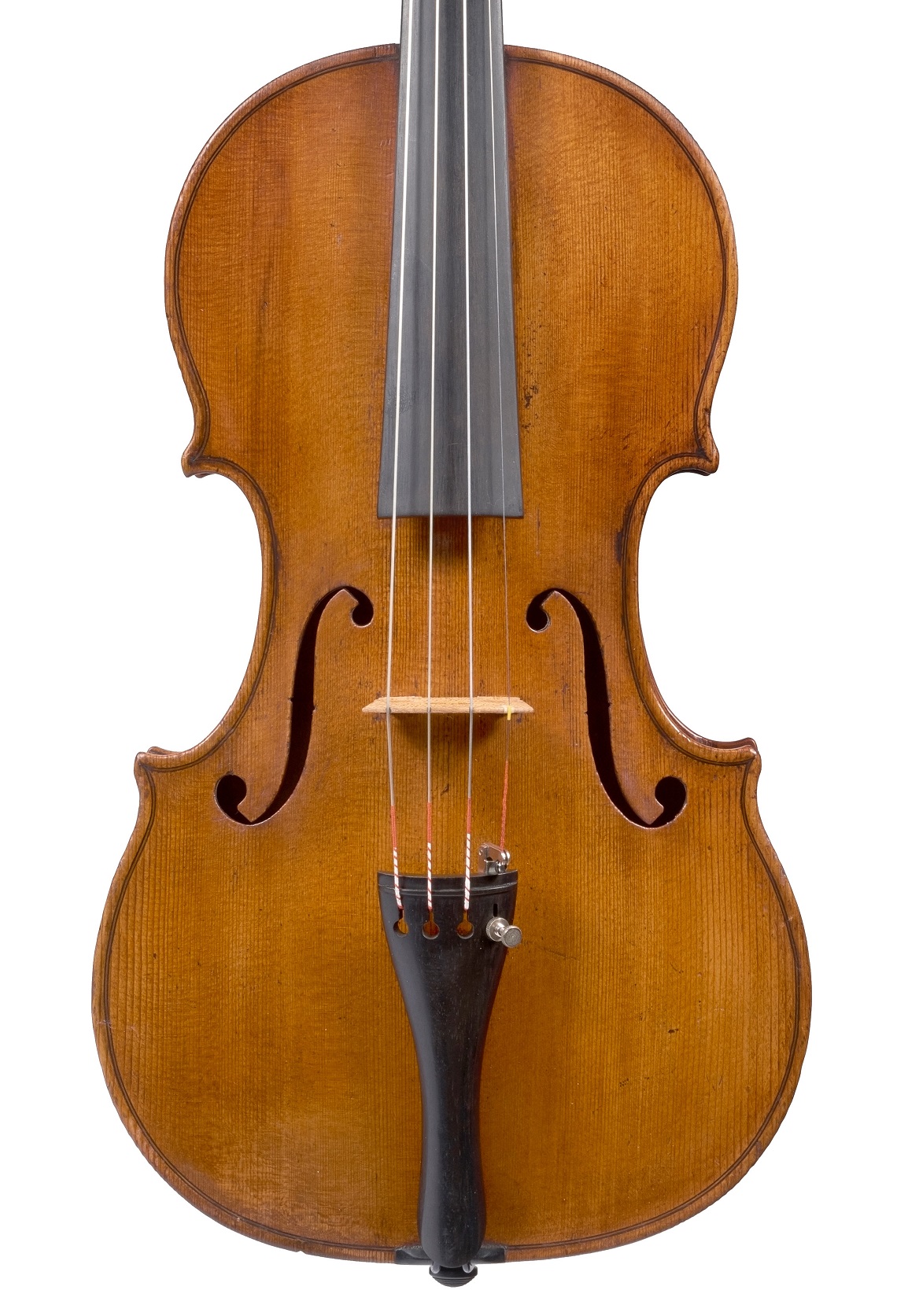

Recent Posts
Categories
- Feature Type
- Instrument Type
-
Maker
- Albani, Mathias (2)
- Amati, Andrea (8)
- Amati, Antonio & Girolamo (6)
- Amati, Girolamo II (6)
- Amati, Nicolò (6)
- Balestrieri, Tommaso (3)
- Banks, Benjamin (1)
- Bazin, Charles Nicolas (1)
- Bergonzi Family (1)
- Bergonzi, Carlo (2)
- Bergonzi, Michele Angelo (2)
- Bernardel, Auguste Sébastien Philippe (2)
- Bisiach, Leandro (2)
- Bultitude, Arthur Richard (1)
- Camilli, Camillo (2)
- Cappa, Gioffredo (2)
- Carcassi, Lorenzo & Tomaso (1)
- Ceruti, Giovanni Battista (3)
- Chanot, George Adolph (1)
- Cuypers, Johannes Theodorus (1)
- Dalla Costa, Pietro Antonio (1)
- Deconet, Michele (1)
- Fendt, Bernard Simon II (1)
- Fendt, Bernhard Simon I (1)
- Gabrielli, Giovanni Battista (1)
- Gagliano, Alessandro (2)
- Gagliano, Ferdinando (1)
- Genova, Giovanni Battista (1)
- Gisalberti, Andrea (1)
- Goffriller, Francesco (1)
- Goffriller, Matteo (1)
- Grancino, Giovanni (4)
- Grancino, Giovanni Battista II (1)
- Guadagnini, Gaetano II (1)
- Guadagnini, Giovanni Battista (7)
- Guarneri 'filius Andreæ', Giuseppe (3)
- Guarneri del Gesù, Giuseppe (5)
- Guarneri of Mantua, Pietro Giovanni (2)
- Guarneri of Venice, Pietro (3)
- Guarneri, Andrea (3)
- Götz, Conrad (1)
- Hill & Sons, W.E. (1)
- Kennedy, Thomas (1)
- Knopf, Carl Heinrich (1)
- Lott, John Frederick (1)
- Lupot, Nicolas (2)
- Mantegazza, Pietro Giovanni (2)
- Mariani, Antonio (1)
- Montagnana, Domenico (2)
- Panormo, Vincenzo Trusiano (1)
- Parker, Daniel (1)
- Peccatte, Dominique (1)
- Platner, Michele (1)
- Pressenda, Giovanni Francesco (1)
- Rayman, Jacob (1)
- Retford, William Charles (1)
- Rivolta, Giacomo (1)
- Rocca, Giuseppe Antonio (2)
- Rota, Giovanni (1)
- Rugeri, Francesco (3)
- Sartory, Eugène (1)
- Scarampella, Stefano (2)
- Schwartz, George Frédéric (1)
- Serafin, Santo (1)
- Sgarabotto, Gaetano (1)
- Sgarabotto, Pietro (1)
- Simon, Pierre (1)
- Stainer, Jacob (3)
- Storioni, Lorenzo (3)
- Stradivari, Antonio (14)
- Stradivari, Francesco (1)
- Stradivari, Omobono (1)
- Tadioli, Maurizio (1)
- Taylor, Michael (1)
- Tecchler, David (2)
- Testore, Carlo Giuseppe (1)
- Tourte, François Xavier (4)
- Tubbs, James (1)
- Voller Brothers (1)
- Vuillaume, Jean-Baptiste (10)
- Watson, William (1)
- da Salò Bertolotti, Gasparo (2)
- Author
- Charity
-
In the Press
- Antiques Trade Gazette (3)
- Archi-magazine.it (1)
- Art Daily (2)
- CNN Style (1)
- Classic FM (2)
- ITV (1)
- Ingles & Hayday (2)
- Liberation (1)
- Life Style Journal (1)
- London Evening Standard (1)
- Paul Fraser Collectibles (1)
- Rhinegold Publishing (1)
- Sotheby's (1)
- Strings Magazine (2)
- Tarisio (2)
- The Fine Art Post (1)
- The Strad (7)
- The Times (1)
